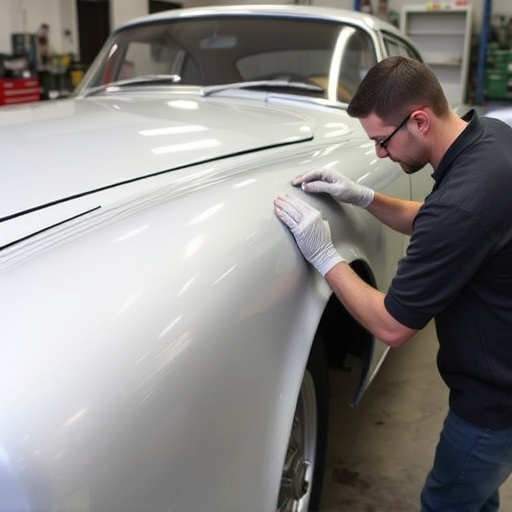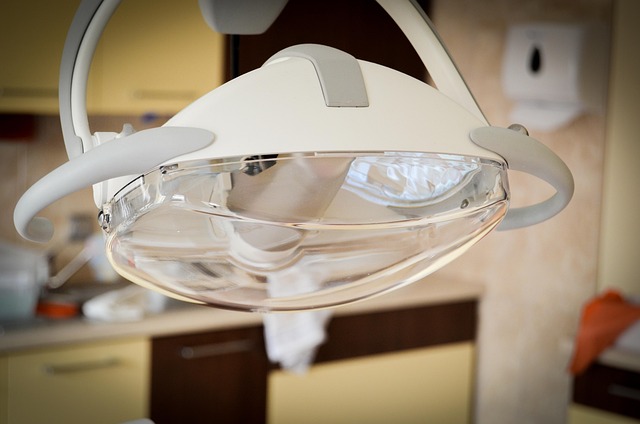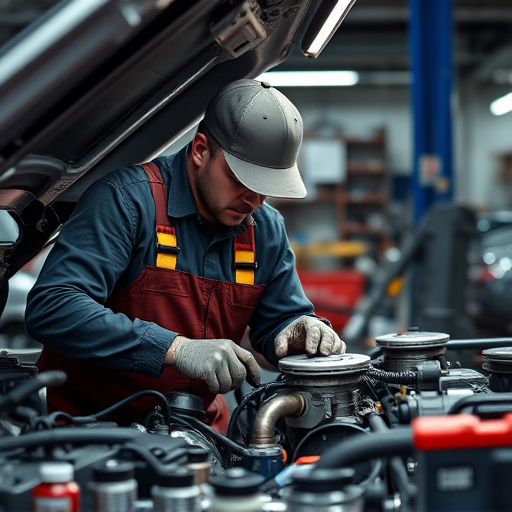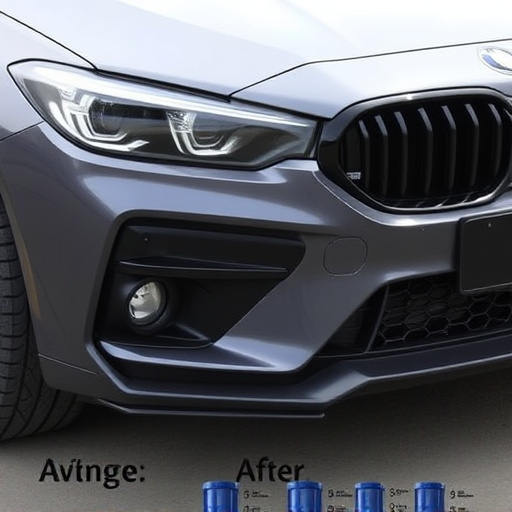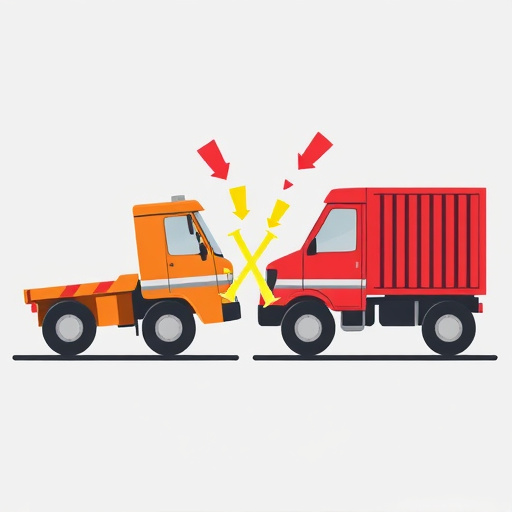Auto body shop direct repair programs boost efficiency by streamlining repairs, reducing approval processes, and decreasing costs for both shops and customers. While they enhance convenience and speed, challenges include technician training, inventory management, customer trust, and maintaining consistent quality across various services and locations. These programs aim to improve customer satisfaction but may lack personalized interaction and not cover all specialized automotive repair needs.
Auto Body Shop Direct Repair Programs are gaining traction, offering both advantages and challenges. This article delves into the pros and cons of implementing these programs, focusing on three key areas: Streamlining Efficiency, Challenges in Implementation, and Enhancing Customer Experience. By exploring these aspects, we aim to provide a comprehensive understanding of direct repair’s potential impact on auto body shops and their customers alike.
- Streamlining Efficiency: Direct Repair's Advantage
- Challenges in Implementation: A Comprehensive Look
- Enhancing Customer Experience: Benefits and Drawbacks
Streamlining Efficiency: Direct Repair's Advantage

The implementation of auto body shop direct repair programs offers a significant advantage in streamlining efficiency for automotive body shops. By allowing trained technicians to directly handle repairs without the need for extensive approval processes, these programs facilitate faster turnaround times. This efficiency is particularly beneficial for bustling auto body shops that cater to a high volume of customers daily. With direct repair, common tasks such as car paint services and tire services can be executed promptly, meeting client expectations for swift and reliable automotive body shop solutions.
Streamlined operations also lead to reduced costs for both the shop and its clients. Eliminating unnecessary steps in the repair process helps save on labor and material expenses. This advantage directly translates into better value for money for customers availing of auto body shop direct repair services, ensuring they receive high-quality tire services and car paint services without excess charges.
Challenges in Implementation: A Comprehensive Look

Implementing direct repair programs in auto body shops comes with its unique set of challenges. One of the primary hurdles is ensuring proper training for technicians to handle a wider range of repairs, from simple dent removal to complex structural damage. This requires significant investment in education and equipment, which can be a financial burden for smaller shops. Additionally, managing inventory and parts supply becomes more intricate as direct repair programs often necessitate a broader stock of specialized tools and materials, including advanced technology for precision measurements and alignment.
Another challenge lies in customer acceptance and trust. Auto body shop customers are accustomed to traditional repair processes, where a single point of contact manages the entire process. Direct repair programs might require more interaction with insurance companies or direct communication with vehicle owners, which can be perceived as complex by some customers. Moreover, maintaining the quality and consistency of repairs across different technicians and locations is crucial for customer satisfaction and the reputation of the auto body shop brand, especially in terms of tire services, auto painting, and overall auto body repair outcomes.
Enhancing Customer Experience: Benefits and Drawbacks

Auto body shop direct repair programs are designed to enhance customer experience by streamlining the repair process. One of the primary benefits is convenience; customers can get their vehicles repaired without leaving the shop, saving time and effort. This is particularly advantageous for those with busy schedules or limited mobility. Additionally, direct repair programs often offer faster turnaround times as the process is more efficient, with specialized technicians working directly on the vehicle.
However, there are potential drawbacks to consider. Some customers may prefer a more traditional approach where they interact with various departments within the auto body shop. Direct repair programs might reduce this personal touch and communication, which can be a concern for those who value a hands-on, personalized experience. Furthermore, while frame straightening and vehicle paint repair services are often of high quality, some specialized repairs or unique automotive repair services may require additional expertise not readily available under the direct repair program structure.
Auto body shop direct repair programs offer a promising path towards streamlined efficiency, enhancing customer satisfaction through faster turnaround times and potentially lower costs. However, challenges in implementation, such as training requirements and dealership relationships, must be carefully navigated. By weighing the pros and cons discussed in this article, auto body shops can make informed decisions to optimize their operations and better serve their customers through direct repair methods.
